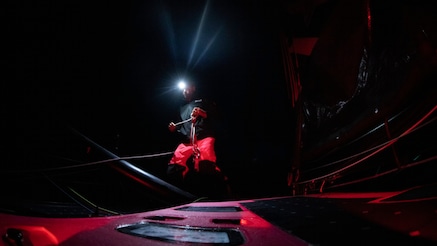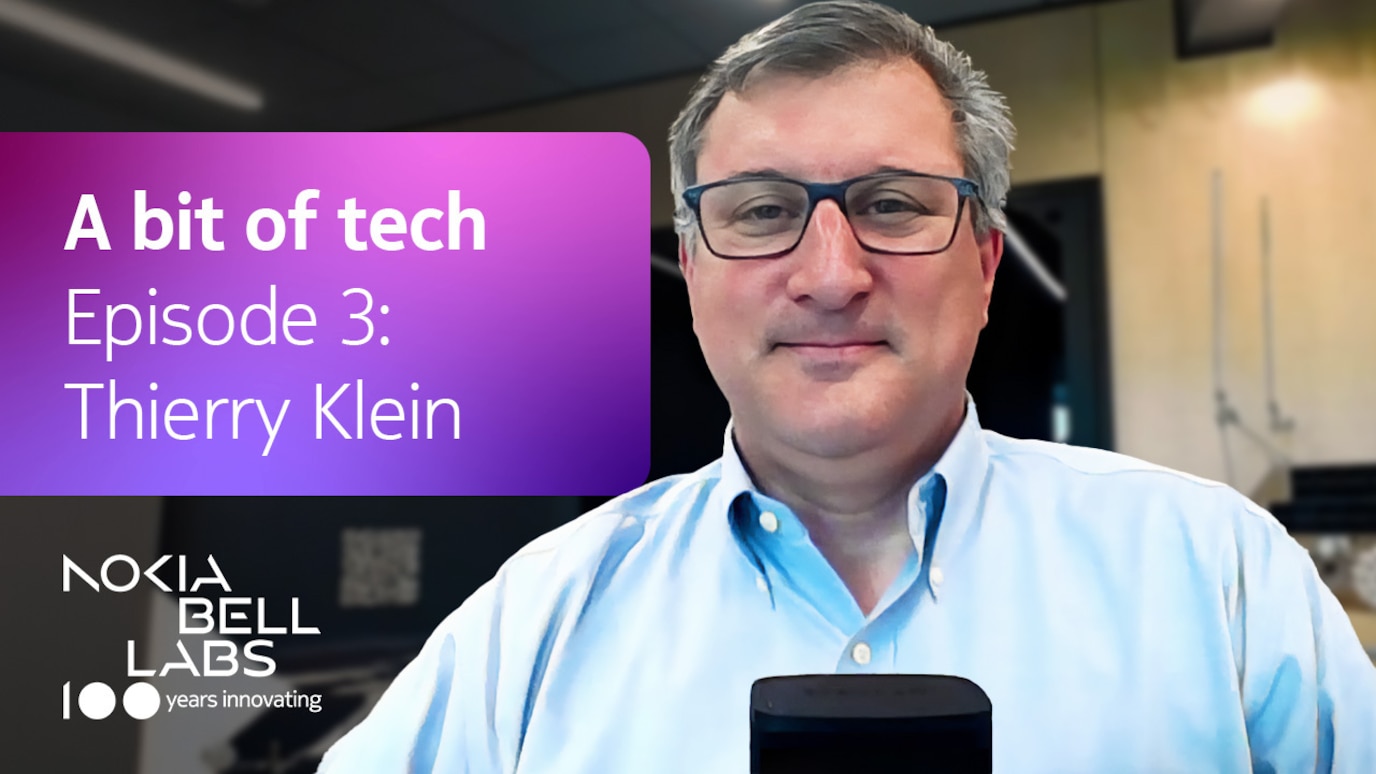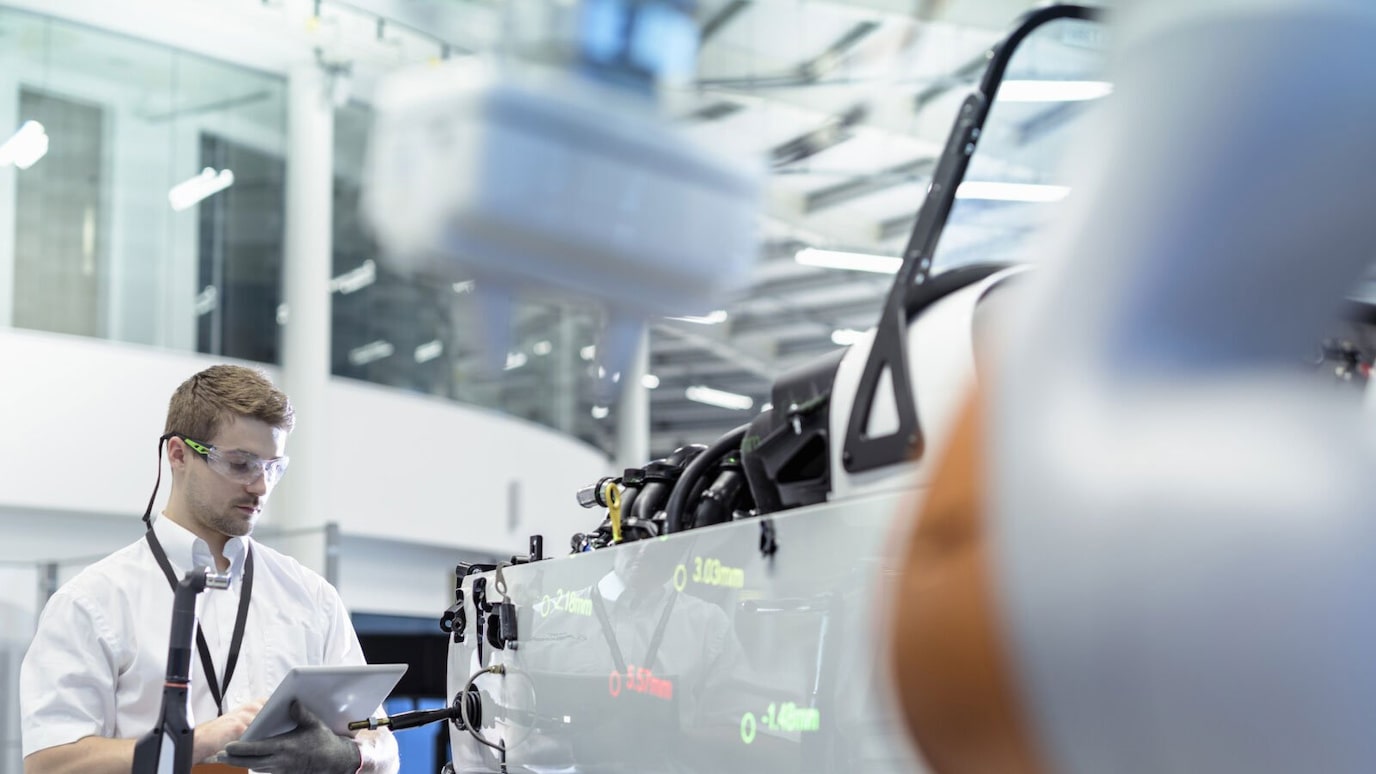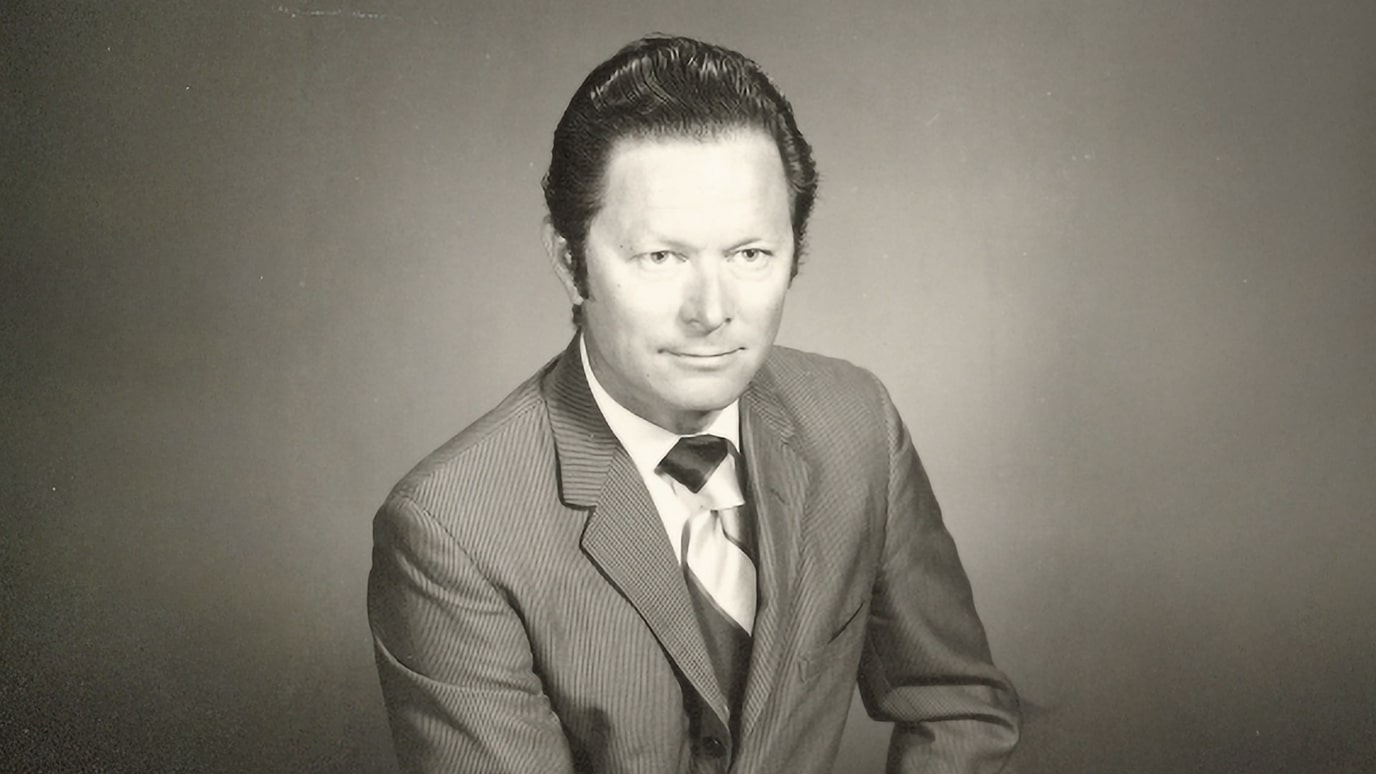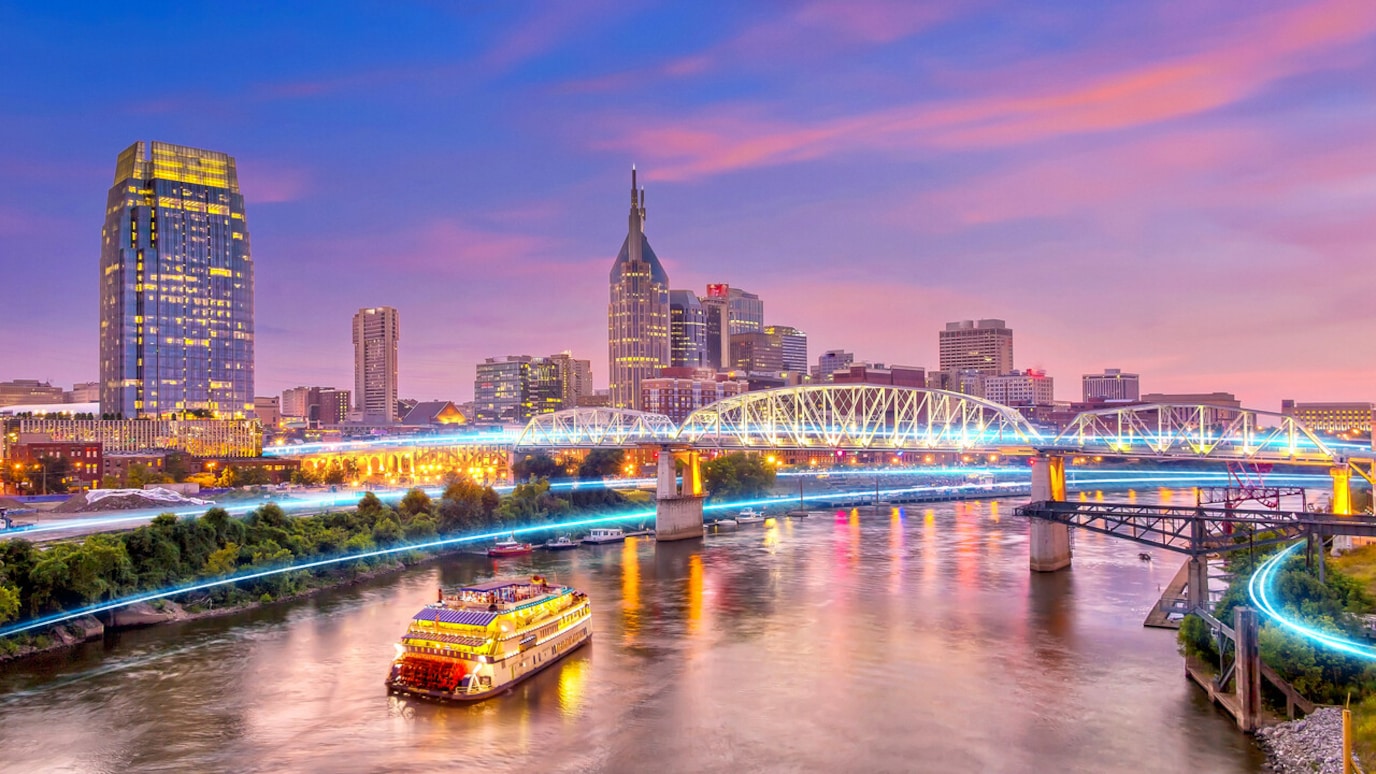A series of weekly reports to share insights into how the Nokia Bell Labs’ technologies supported Alex during the 2020–2021 Vendée Globe race
November 29 – December 05
After his boat suffered irreparable rudder damage, Alex Thomson ceased racing in the Vendée Globe on Nov. 28. For more information, see our blog post.
November 22-28
After a stellar start that saw him cross the equator in first place, Alex Thomson suffered a significant setback in the Vendée Globe this week. While making a routine inspection of HUGO BOSS on Saturday, Nov. 21, Alex discovered structural damage on the central longitudinal beam in the bow area, forcing Alex to drop sail and make repairs in the open ocean. Within 48 hours, though, Alex was able to make the initial repairs and was able to get the sails up once again. The delay did cost Alex his lead – putting him some 600 nautical miles behind the two lead racers – but it’s important to remember that the race is very much in its early stages. The boats are just reaching the South Atlantic and starting to turn eastwards into the Southern Ocean, which means there are close to 20,000 miles left to sail. Anything can happen in this race. In the 2016-2017 edition of the Vendée Globe, Alex was 800 nautical miles behind eventual race winner Armel Le Cléac'h at Cape Horn, but Alex managed to claw back hundreds of miles and ultimately finished second.
Alex has shown incredible talent and skill to get these repairs done with the materials and tools that he had on board. He has demonstrated mental strength and through this ordeal has always maintained his composure, positive outlook and his optimism.
For this week’s video update, we’re taking a look at Alex’s provisions for the race, which have been carefully rationed to give Alex the maximum amount of nutrition and calories for the least amount of weight on HUGO BOSS. In the more than 70 days in which Alex will be experiencing the rigors of constant racing and braving environmental extremes in the world’s oceans, he’s expected to shed 12 kgs (26 lbs.) of body mass. Keeping himself fed is no small matter.
Nokia Bell Labs has developed sensing and analytics technologies for Alex to monitor his calorie consumption in real time and ensure that he is eating the appropriate amount of food to stay in his optimal performance regime.
November 15-21
In week 2 of the Vendée Globe, Alex Thomson was first to cross the equator, leading the flotilla of skippers as they started to ride the trade winds toward the Southern Ocean. At one point on Wednesday HUGO BOSS was a full 70 nautical miles ahead of its nearest rival. While Thomas Ruyant on LinkedOut and Charlie Dalin on Apivia managed to close that gap considerably by Thursday, Alex showed few signs of giving up his No. 1 spot. “I hate being in a position of possibly losing out in a big way, which can happen when you’re following so I’d much prefer to lead,” Alex told us via satellite in one of his few spare moments.
Sailing the trade wins is akin to a drag race on the open ocean with the boats attaining speeds well over 20 knots. But that kind of speed kicks up a lot of spray. It only takes a minute to completely drench any skipper on deck. That means Alex will be spending most of his time in the enclosed cockpit of HUGO BOSS, relying on the yacht’s network of cameras as his eyes. In this week’s video update, Nokia Bell Labs’ Thierry Klein and Alex Thomson Racing’s Jesse Naimark-Rowse discuss this intricate web of camera sensors, how it gives Alex a 360-degree view of his boat and surroundings, how it allows him to look into places he couldn’t normally see with his own eyes, and how it even grants Alex the ability to see in the dark. And these cameras provide some amazing perspectives and fascinating insights into offshore sailing the likes of which fans have never experienced before!
November 08-14
The first five days the Vendée Globe have proven to be an excellent start for Alex Thomson. At the time of publication, Alex was leading the pack – 11 nautical miles ahead of his nearest rival – as he cruised past the Azores. That’s not to say that Alex is taking his early success for granted. The skipper has been extremely active dealing with the rough seas and heavy winds that have harried every sailboat in the race. We’ve seen plenty of evidence of that in the physiological work and heartrate data coming off Alex’s body sensors.
One particular biosign to note is Alex’s sleep rate – or lack thereof. For the first 3 days of the race, our onboard analytics engine recorded practically no sleep for the skipper. According to Alex Thomson Racing Technical Director Ross Daniel, Alex has in fact been taking short strategic naps. But these tiny bursts of sleep are hardly what the typical person would call restful, to the point they are barely registering in our sensor readings.
Fittingly, our first video update from the race is on the topic of sleep. Alex Thomson Racing’s Jesse Rowse and Nokia Bell Labs’ Sean Kennedy discuss how we’re tracking Alex’s sleep as well as the overall strategy Alex has for rest in a race in which a hundred different things demand his attention at any given moment.
To kick off the first week of the race, Nokia Bell Labs’ Thierry Klein wrote a blog post describing the host of technologies we’ve used to augment Alex and his HUGO BOSS boat. Thierry describes how the same sensors, data analytics and machine learning algorithms making Alex a better sailor can be applied to commercial applications far beyond the field of competitive sailing.




